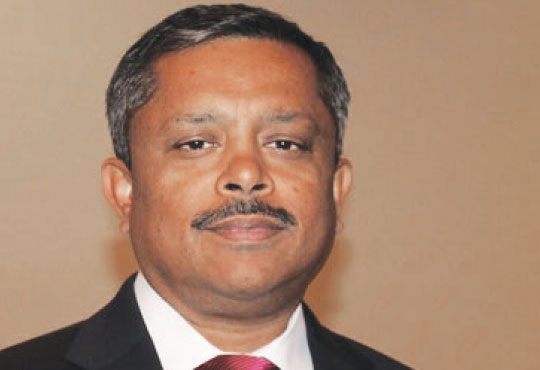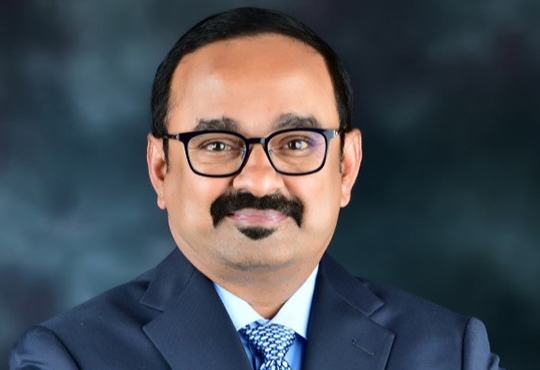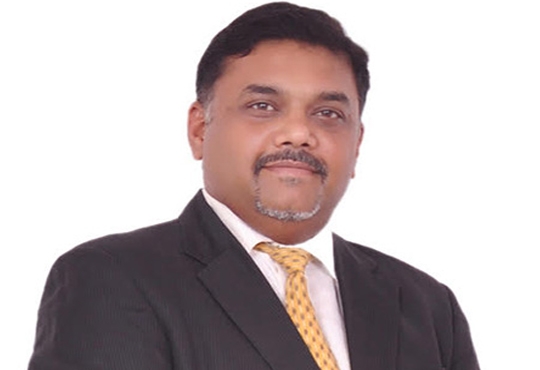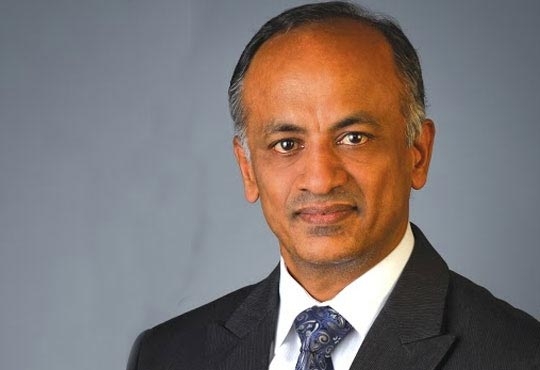
AEPS: Connecting Rural India to Banking
Saket Agarwal, Global CEO, Spice Digital | Wednesday, 30 August 2017, 10:17 IST
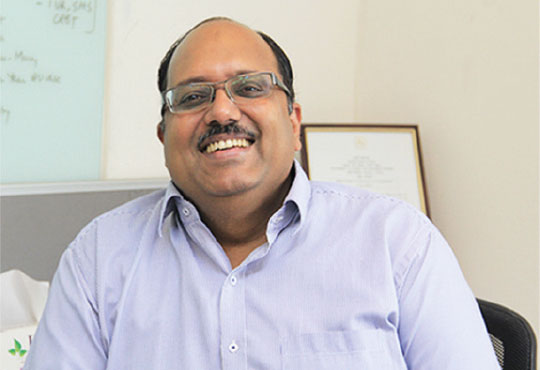
According to the 71st NSSO Survey on Education 2014, just 6 percent of the rural households own a computer. This means 94 percent of the 16.85 Crore rural households or more than 15 Crore rural households do not have a computer. Only 978 million Indians held a bank account in 2015, according to RBI’s statement, implying a challenge to connect all to banking facility. Demonetization, bore one of it’s many fruits and 2 Crore accounts were opened since November 8th, 2016.
National Payments Corporation of India (NPCI), in the first fiscal quarter reported a steady rise for transactions across its domestic RuPay, Unified Payments Interface (UPI) and AEPS networks. As per NPCI, the assumed target is of achieving 25 billion digital payment transactions in FY 2018. Last year (2016) the number of nationwide digital transactions was 9.2 billion and NPCI contributed 3.5 billion in it. The target for the current year has been set at 11 billion digital transactions through NPCI.
After demonetization, digital transaction user stats rose to their peak. It was expected that the people will eventually get used to using lesser cash. The trend for using cards for digital transactions seems to have slowed down inversely, the number of transactions done through UPI and AEPS are on a rise. This is indicative of those particular mediums of digital transaction being successfully adapted to, especially in the rural areas which is the principal target market for it.
An AEPS transaction requires the consumer’s Aadhaar number, name of the bank where they have an Aadhaar linked account and the user’s fingerprints. This technology is an ideal solution for the average rural consumer who is not presumably digitally literate. The users in rural areas may not be aware of the sensitivity, sophistication and need for security features for digital payments including passwords & OTPs. In this direction the government has asked the banks in rural areas to enrol 30 – 40 local merchants per branch for Aadhaar Pay enabling them to take cashless payments from the rural consumer. As per NPCI records the banks have so far deployed a total of 1.3 lakh micro ATMs including more than 1 lakh interoperable ones.
While the number of AEPS transactions was a little less than a million, it grew to be around 6 million in April 2017. These numbers stood at 2 million in December 2016 and reached 6 million in April due to the timely and diverse deployment of micro ATMs by the banks and authorized private parties largely in the rural areas. The interoperable ATMs make it possible for anyone to use any bank account to make the intended payment, a lot like the ATM debit cards that may be used in any ATM.
The cost to serve through micro ATMs is much lower than establishing a fully functional traditional bank branch. This might have actually been responsible in encouraging more and more banks or other financial institutions to help deploy and support the successful proliferation of AEPS as a transaction method. The Banking infrastructure in India is limited. For 110 crore Bank account holders, there are only a lakh of Bank branches and around 2.2 lakh ATMs. Further, ATM infrastructure is not only limited but is also skewed as more than half of the ATM are available Metro and Tier 1/11 cities.
As part of the endeavour towards augmenting the Banking infrastructure and moving towards digital economy, NPCI in collaboration with UIDAI, RBI and other banks has introduced several initiatives to provide easy and efficient payment solutions to reach the masses. Micro ATMs are particularly helpful in addressing the problems that people are facing in rural and semi-urban areas, where the ATM network is not as strong currently. A common backend provider was formulated with intent to ease the last mile access to bank accounts and cash in rural areas. The trend of AEPS based digital transactions has been quite encouraging in this regard, as the total number of AEPS transaction was 50 million in April, 60 million in May, and 70 million in June for the year 2017.
The success and smooth functioning of AEPS is largely dependent on the ability and efficiency of the banks, especially the regional rural banks or the RRBs in deploying suitable solutions to the consumers. 40 national banks (including HDFC, ICICI, Axis and State Bank of India) are currently offering AEPS services in addition to 53 RRBs (including Baroda Gujarat Gramin Bank, Bihar GB, Himachal Pradesh GB, and Maharashtra Gramin Bank), 11 Co-operatives (The Saraswat Co-operative Bank Limited, Janata Sahakari Bank Ltd, Citizen Credit Co-op Bank), 21 non-banking Institutes (including Janlaxmi Financial Services, Mahindra & Mahindra, Spice Digital, LIC, Itz Cash) and 3 Payment & Small Finance Banks (ESAF Small Finance Bank, Equitas Small Finance Bank, and Ujjivan Small Finance Bank).
At the time of demonetization, it was believed that the rural economy would be hard hit and probably have a tough time recovering and getting used to the digital economy that was going to replace the traditional cash-rich economy that existed. However, in AEPS the rural sector has found its saviour and the fact that the targeted consumer for the technology is adopting it well is proved by the numbers. The number of transactions using AEPS went six times in a mere five months since the currency change (between October 2016 & April 2017). Aadhaar Enabled Payment Systems (AEPS) has proven to be one of the most effective and far-reaching tools that support a smoother proliferation of e-Governance in India.
CIO Viewpoint
New Age CIO - Key Element Of Business Growth
By Mohan Iyer, CIO, Mesirow Financial
Diligent It Adoption For Maximum Gain
By Patrick Quinn, CIO, Acuity Brands Lighting
Cloud for Accelerated Business Intelligence
By Neeraj Verma, IT Director - Platform & Analytics, NCR Corporation
CXO Insights
Enhanced Database Technology in Business...
By Srikanth Doranadula, Group Vice President-Technology and Systems, Oracle India
ISVs driving the dream of a tech-first world in...
By Vivek Gupta, Senior Director and Country Head, Oracle IaaS and PaaS Services, Oracle India
Connect To Succeed: The Future Of Iot In Supply...






